operation
Slider 1------Control camera zoom
Introduction
SPHEREx, short for Spectro-Photometer for the History of the Universe, Epoch of Reionization and Ices Explorer, is NASA's innovative space telescope designed to map the cosmos in unprecedented detail.
Capabilities and Functions?:
SPHEREx, short for Spectro-Photometer for the History of the Universe, Epoch of Reionization and Ices Explorer, is NASA's innovative space telescope designed to map the cosmos in unprecedented detail.
Recent Developments?:
Launched on March 11, 2025, SPHEREx captured its first uncalibrated images shortly after deployment, confirming all systems are operational and revealing a vast view of stars and galaxies.1
As of April 2025, the mission is progressing toward full calibration and functionality, with its ultra-cold detectors now focused and ready for scientific analysis.1
This mission promises to revolutionize astronomical surveys by delivering comprehensive sky maps that enhance our understanding of universal history.
Data
The SPHEREx space telescope, developed by NASA, focuses on infrared sky surveys to uncover cosmic origins. Key data points from recent sources include:
Daily Imaging Capability?:
SPHEREx captures approximately 3,600 images per day over a two-year period, enabling comprehensive sky mapping to create the first full-sky 3D cosmic atlas.
Galaxy Survey Scale?:
It will map the distribution of over 450 million galaxies, analyzing their collective light to study cosmic inflation and large-scale structures.
Scientific Objectives?:
The telescope searches for water ice and other key ingredients for life across the Milky Way, investigating the origins of universal elements.
Mission Progress?:
As of May 2025, SPHEREx has initiated regular science operations, with initial images revealing celestial phenomena like soot-like clouds in targeted sky sections.
Instrument Type?:
Classified as a specialized space telescope, SPHEREx employs wide-field infrared detection for all-sky coverage.
GENERAL INFO
- Successors 1 craft(s)
- Created On: Android
- Game Version: 1.3.204.1
- Price: $67,260k
- Number of Parts: 128
- Dimensions: 69 m x 5 m x 5 m
PERFORMANCE
- Total Delta V: 50.7km/s
- Total Thrust: 10.9MN
- Engines: 16
- Wet Mass: 6.41E+5kg
- Dry Mass: 3.73E+5kg
STAGES
| Stage | Engines | Delta V | Thrust | Burn | Mass |
|---|---|---|---|---|---|
| 1 | 9 | 33.4km/s | 9.9MN | 3.4m | 6.41E+5kg |
| 2 | 4 | 22m/s | 101kN | 13s | 63,344kg |
| 3 | 1 | 5.1km/s | 930kN | 2.6m | 63,344kg |
| 5 | 2 | 12.2km/s | 388N | 3.20days | 500kg |
8 Comments
- Log in to leave a comment
-
-
-
-
-
1,641 QuantumTechnology+1 7 months ago
@MovingT34 经过我对现实直播时的比较和进入地球的速度增量的比较来看这个东西在真实太阳系中的效果应该差不了太多吧
-
-

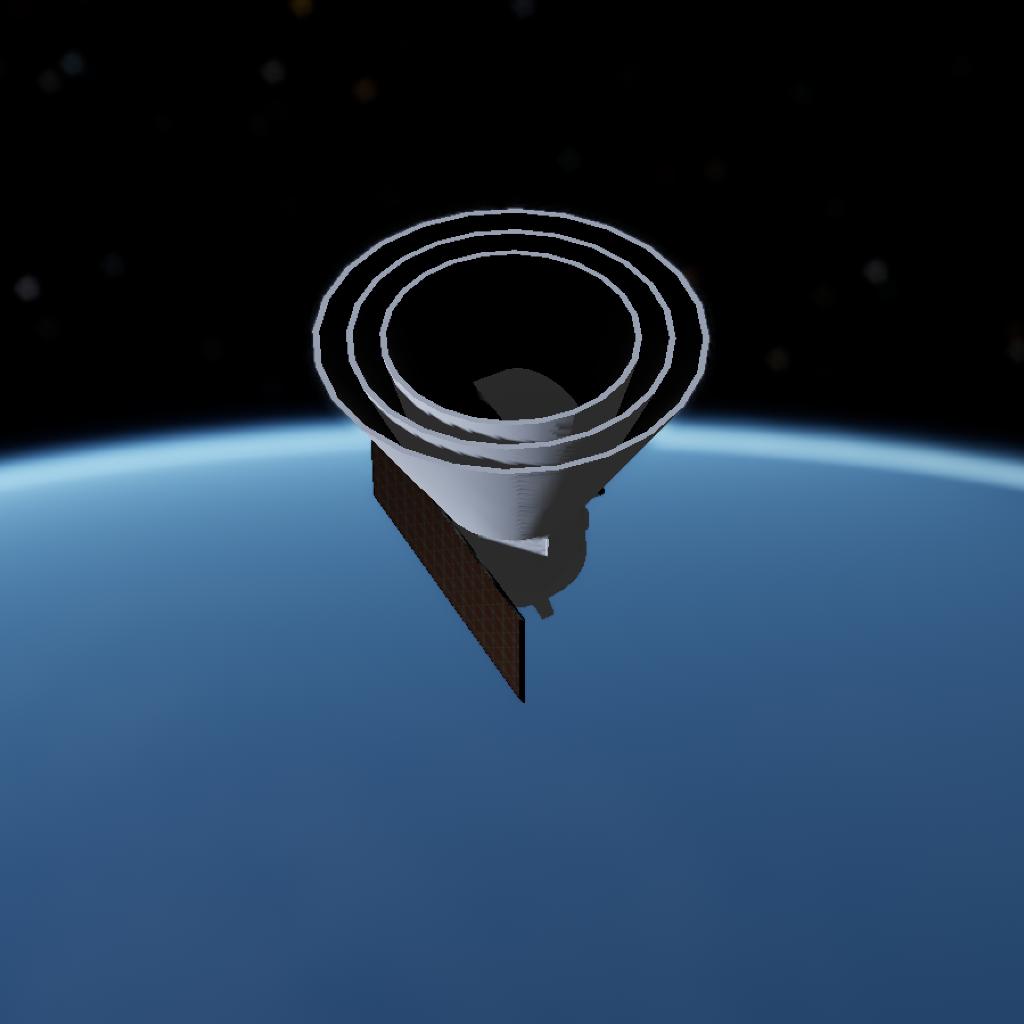
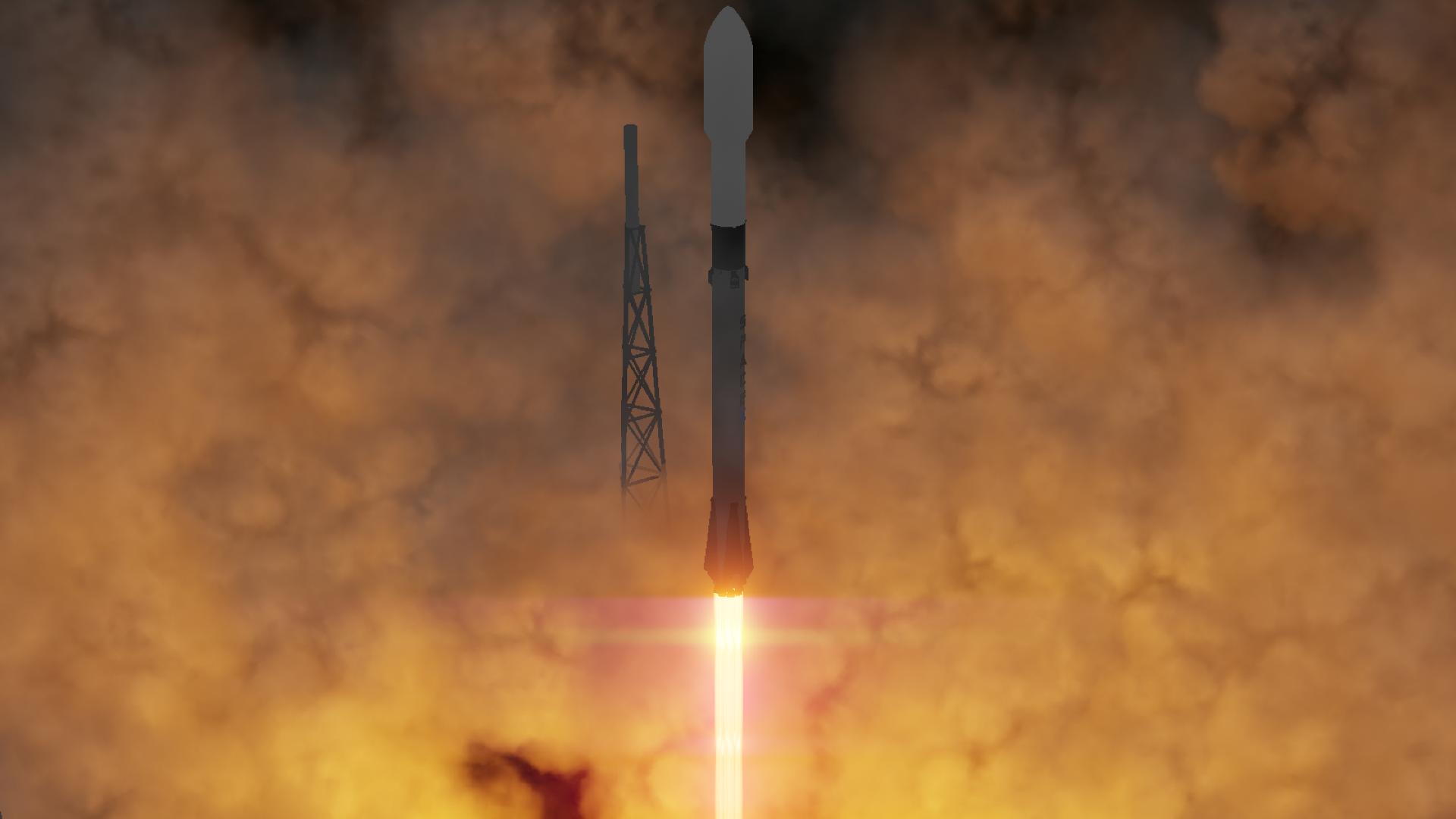
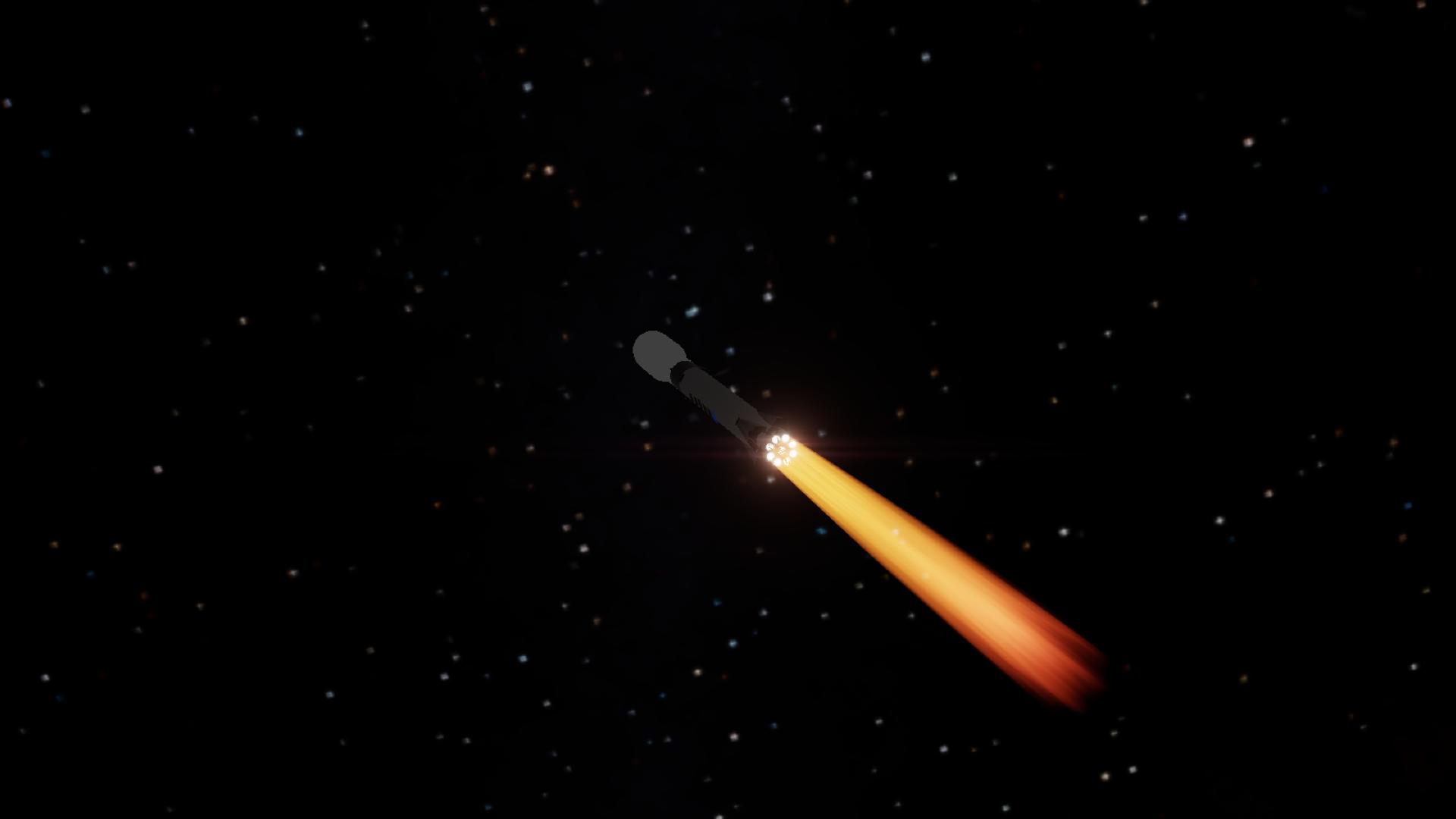

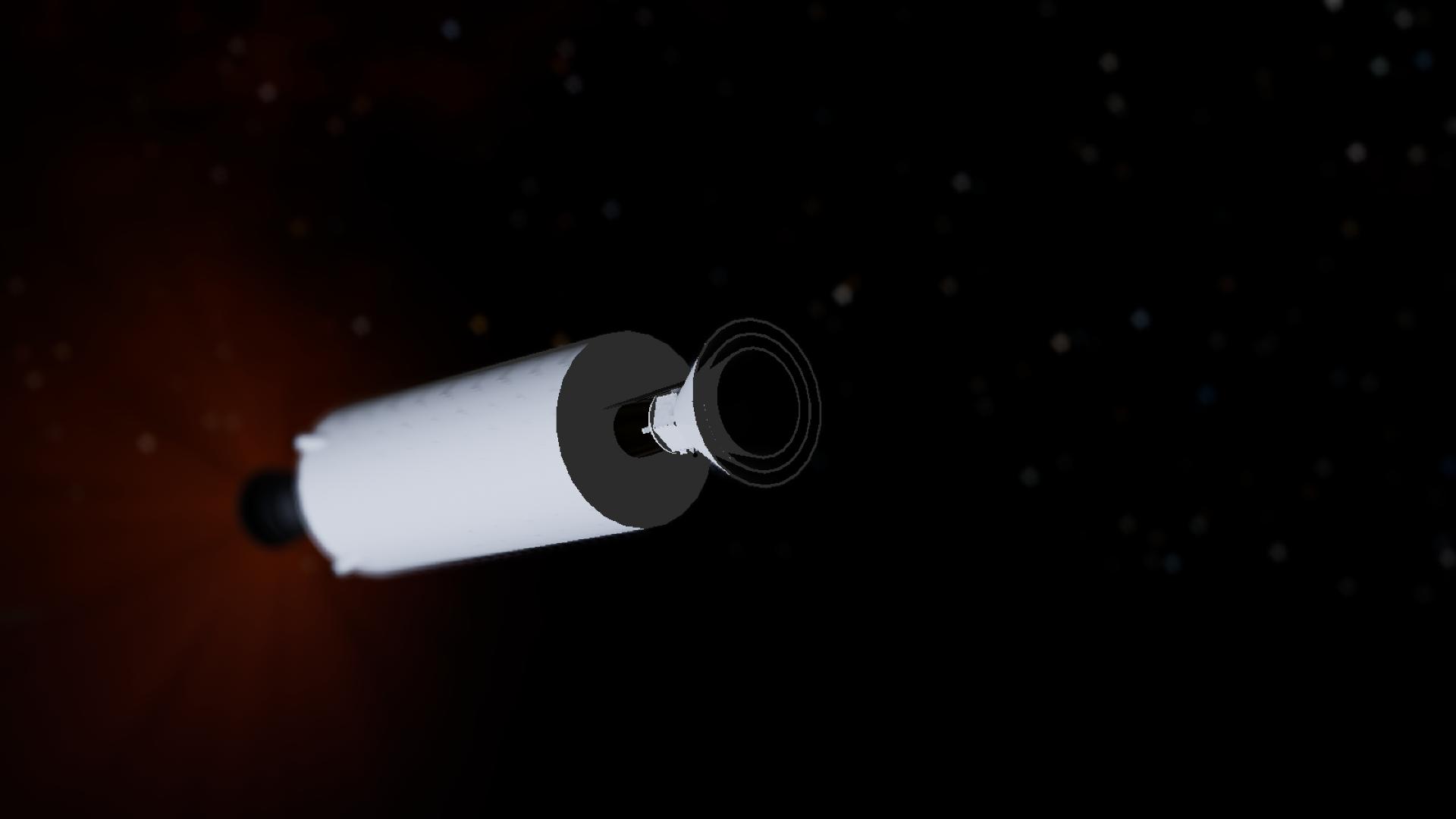
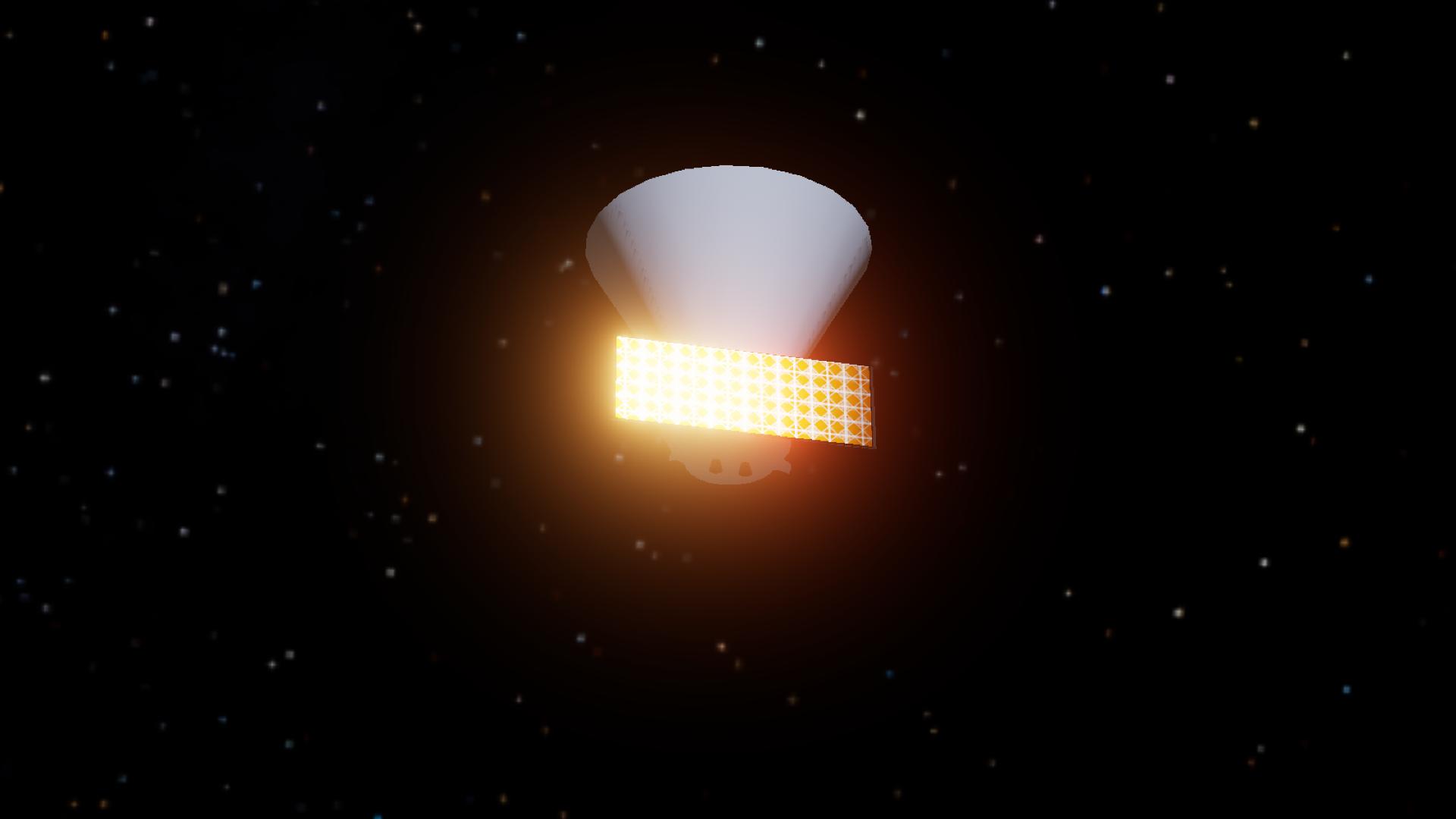

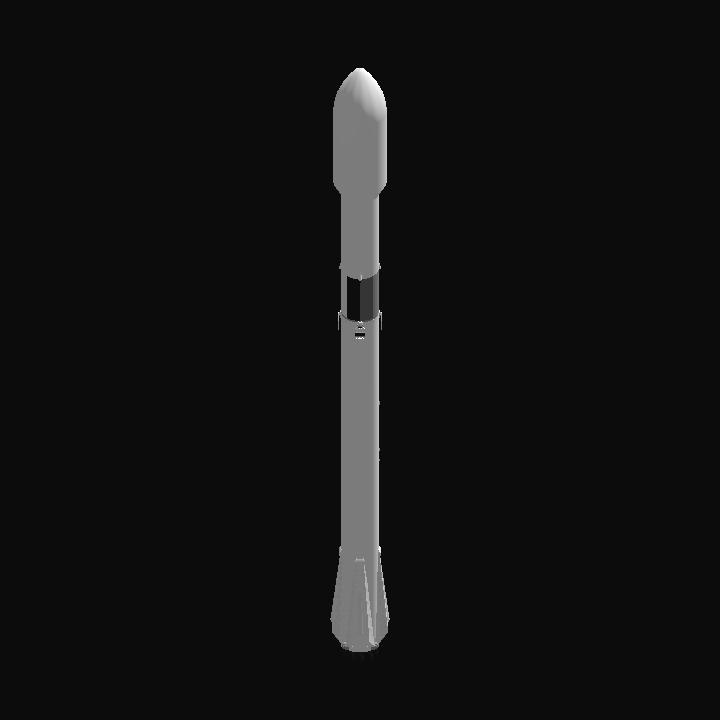
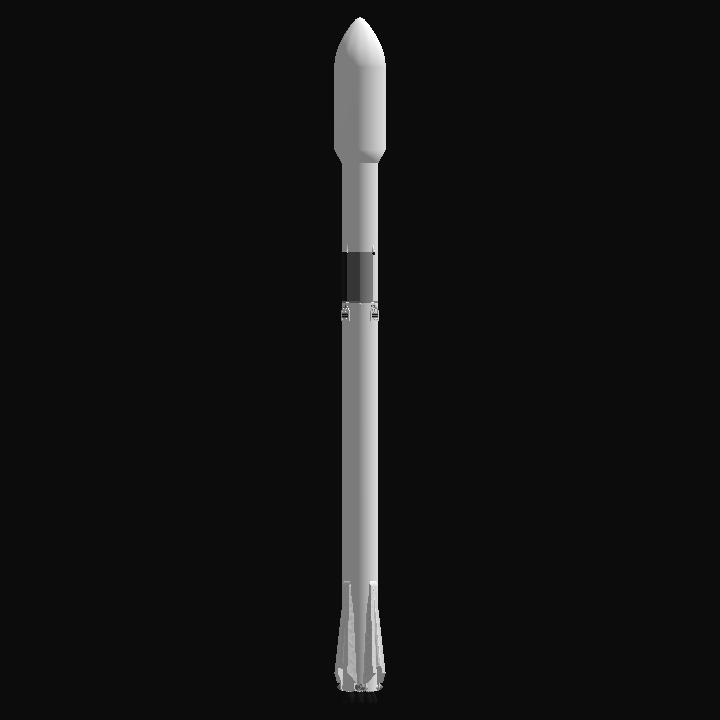

如果您喜欢我的作品的话不妨给我投一个免费的票吧,很感谢大家了
If you like my work, please vote for me for free. Thank you all very much.